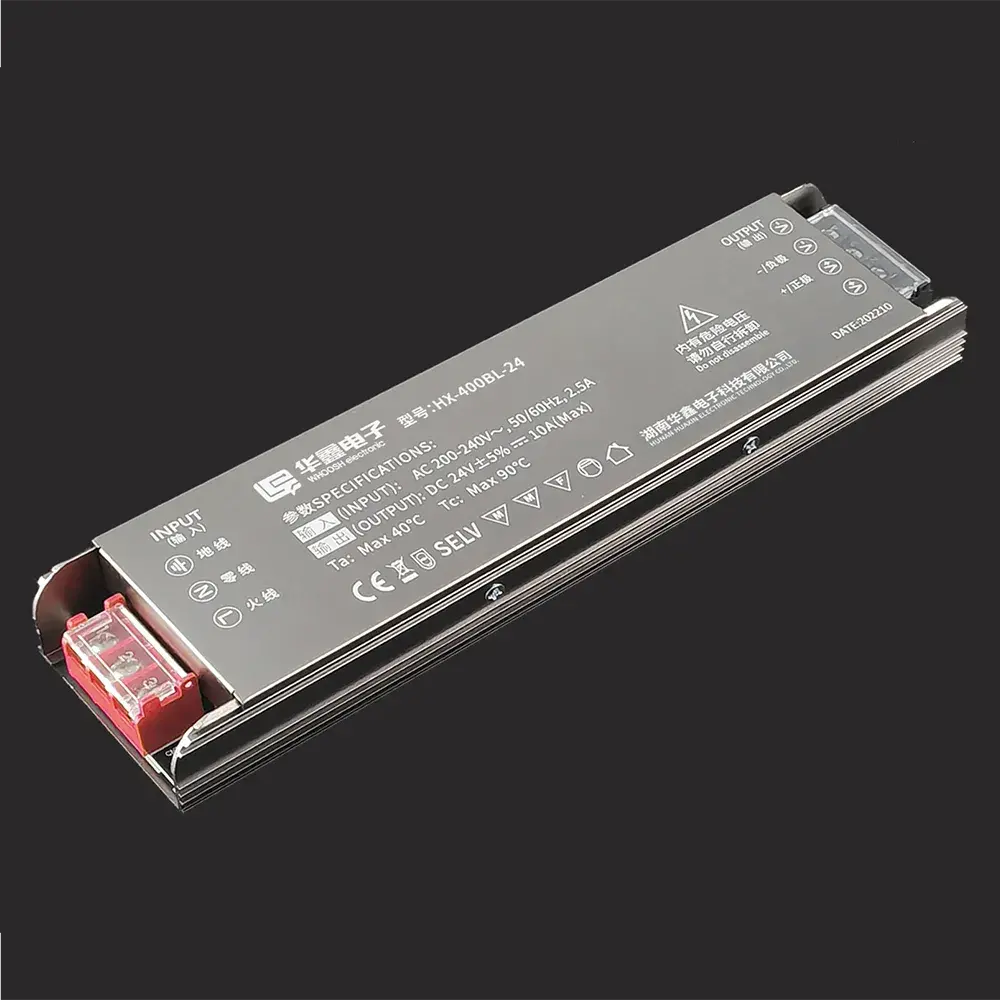How Do I Check What Power Supply I Have?
Whether you're repairing a gadget, installing LED lighting, or sourcing electronics for your business, one critical question always comes up: how do I check what power supply I have?
Your power supply isn't just a box that plugs into the wall—it's the heart of your device's performance and safety. From hobbyists tinkering with electronics to engineers ensuring compliance in large-scale projects, knowing the specifications of your power supply can save time, money, and frustration.

Why Identifying Your Power Supply Matters
The right power supply ensures that devices operate efficiently and safely. Excessive voltage can damage sensitive electronics, while insufficient voltage can cause instability or failure. Using the wrong power supply can be really dangerous. It can result in overheating and short circuits, device malfunctions, and a reduced lifespan of LEDs and other electronic components. In addition, it creates safety hazards for end-users.
Step-by-Step: How to Check What Power Supply You Have
Step 1: Physically Inspect the Label
Most power supplies—whether for computers, LED strips, or industrial equipment—have a specification label. Look for:
Voltage (V) – Determines electrical potential
Current (A) – The flow capacity
Wattage (W) – Overall power rating
For example, a Whoosh power supply might be labeled “Output: DC 24V 2.5A” which means it provides 100 watts of power.
Step 2: Check the Manufacturer & Model
Identifying the brand and model helps you cross-reference specifications online. Brands like Whoosh power supply provide reliable data sheets, making it easier to verify details.
Step 3: Measure Output with a Multimeter
If labels are missing or hard to read, a digital multimeter is the best tool to use. The multimeter is set to DC voltage mode, and the probes are connected to the positive and negative terminals. The readings are then compared with the expected output.
Step 4: Match Power Supply with Device Requirements
Check your device's manual or product label. LED lighting systems, for instance, require constant voltage or constant current drivers. Sourcing from an LED power supply factory ensures the right match for bulk projects.
Different Types of Power Supplies Explained
AC (Alternating Current) power supplies are used for household power. DC (Direct Current) power supplies are required for electronics and LED lighting. Linear power supplies are simple in design but less efficient. Switching power supplies are compact, efficient, and widely used in modern electronics.
Trusted Power Supply Manufacturer
Whoosh power supply is recognized for its reliability, efficiency, and compliance with international standards. Working with them offers several benefits. It allows custom specifications for bulk orders, ensures strict quality control and certifications.
FAQs About Checking and Replacing Power Supplies
Q1: Can I use a higher-wattage power supply than my device requires?
Yes, as long as the voltage matches. The device will draw only the power it needs.
Q2: How do I know if my LED power supply is constant current or constant voltage?
Check the label—manufacturers clearly indicate this specification.
Q3: Is Whoosh power supply compatible with all LED lighting systems?
Most Whoosh models are versatile, but always verify voltage and current ratings.
Q4: Can I test my power supply without a multimeter?
You can use the connected device as an indicator, but this isn't reliable. A multimeter is recommended.
Q5: How often should businesses replace bulk power supplies?
Every 3–5 years, depending on usage and environmental conditions.
Knowing what power supply you have isn't hard. With the right knowledge, you can avoid costly mistakes and keep your devices running smoothly.
 EN
EN AR
AR NL
NL FR
FR DE
DE EL
EL HI
HI IT
IT KO
KO PL
PL PT
PT RU
RU ES
ES TL
TL IW
IW ID
ID UK
UK VI
VI HU
HU TH
TH TR
TR FA
FA MS
MS SW
SW AZ
AZ UR
UR BN
BN KK
KK